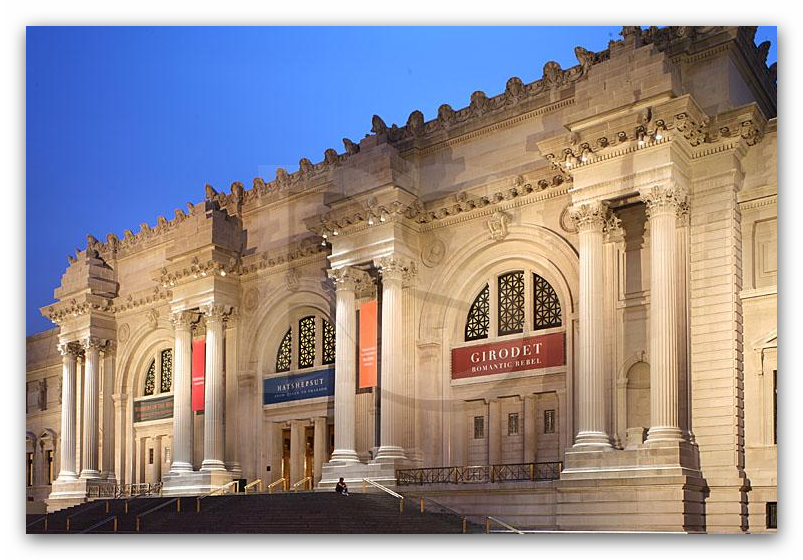Feb 13 2017 - May 21 2017
New York City, NY
Using a unique array of techniques that still puzzles scholars today, Hercules Segers (ca. 1589–ca. 1638; sometimes spelled Seghers), the great Dutch experimental printmaker, created otherworldly landscapes of astonishing originality. The Mysterious Landscapes of Hercules Segers will be the first major exhibition in the United States devoted to the artist, who possessed one of the most fertile creative minds of his time. Although his name is not well known today, Segers’s works were highly prized during his lifetime, and Rembrandt (1606-1669) owned eight of his paintings and a printing plate.
Segers’s surviving works are extremely rare: only 10 impressions of his prints are in museums in the United States (one in The Met collection), and only 15 paintings have been attributed to the artist. The Mysterious Landscapes of Hercules Segers will feature nine of these paintings—including three that were newly attributed during the organization of the exhibition— in addition to almost all of Segers’s prints in varying impressions. The Rijksmuseum, whose collection of Segers’s work is the largest in the world, is generously lending its entire holdings (74 prints, two oil sketches, and one painting) to the exhibition. Other European institutions, notably the British Museum and the Kupferstichkabinett of the Staatliche Kunstsammlungen in Dresden, will lend important works that will allow The Met to highlight Segers’s remarkable printed oeuvre in a variety of stages, revealing the range of the artist’s experiments with the etching technique, along with his idiosyncratic use of materials.
Exhibition overview from museum website
Learn more about Hercules Segers from John Malkovich in this unique video on Segers' mysterious landscapes.
Whether you go or not, the exhibition catalog, Hercules Segers: Painter, Etcher, A Catalogue Raisonne, is a two-volume catalogue raisonné (one volume comprised of plates and the other of critical texts). This is the most substantial work on the artist ever published, and the first in English since 1978. Beautifully designed by Irma Boom, it contains detailed descriptions of all 18 known paintings and all 184 etchings in full color, most of them at actual size.
Hercules Segers may be art history's greatest unknown artist. Active in early 17th-century Holland just before Rembrandt, he created otherworldly landscapes of astonishing originality which today are viewed as radical anticipations of modernism. Using an array of innovative techniques that still puzzle scholars (including his famous sugar lift etching method), Segers created extraordinarily resonant, melancholic landscapes characterized by luscious, soft lines, that resemble nothing by his contemporaries and little that has followed since. Segers rejected the notion that prints from a single plate should be identical, instead freely deploying varied color schemes, then adding lines or cutting down the plate and sometimes printing on cloth. Consequently, each print became a unique miniature painting. Poets and artists down through the ages have been fascinated by Segers' poetical art; he strongly influenced Rembrandt, who owned at least eight of his paintings (and one of his printing plates), and more recently, the director Werner Herzog helped revive Segers' name by featuring his prints in his piece for the 2012 Whitney Biennial, saying “[Segers] painted landscapes in a state of bliss.”
Exhibition Venues & Dates
Feb 13 2017 - May 21 2017
New York City, NY

